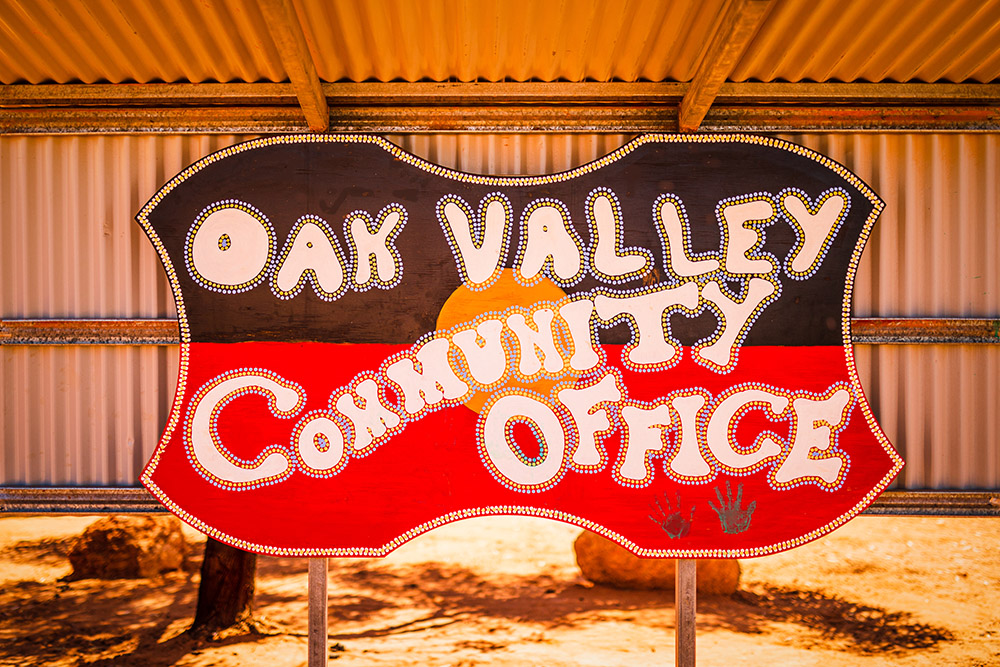
Ceduna
The regional township of Ceduna is the epicentre of business for the Far West Coast of the Eyre Peninsula, SA.
In the 2016 Census, 741 people in the Ceduna region identified as Aboriginal, representing approximately 21 per cent of the population.
Ceduna is home to eight Communities in the area: Betts Corner, Yarilena, Dinahline, Warevilla, Munda Munda Watu Tjina, Koongawa Dundey, Munda & Wanna Mar and Tia Tuckia.
The people are of Wirangu, Mirning, Kokatha and Pitjantjatjara tribes.
Yalata
The Yalata community is an Indigenous Protected Area (IPA) on the Aboriginal Lands Trust land.
It is on the traditional land of the coastal peoples, with the community being descendants of Pitjantjatjara Anangu desert people, who (following the closure of the Ooldea Mission) moved to Yalata.
Many of the residents speak a dialect of Pitjantjatjara while some speak Yankunytjatjara as a second language. 85 per cent of Yalata residents identify as Aboriginal.


Streaky Bay
The coastal township of Streaky Bay has a growing tourism trade and established agriculture and fishing industries.
As part of the 2016 Census, approximately 2,000 people reside in Streaky Bay, many of whom are semi-retired.
Its traditional owners are Wirangu with connections to the nearby Barngarla and Nauo people.
Koonibba
As one of the oldest Aboriginal communities in South Australia, Koonibba was originally established as a Lutheran Mission in 1901 and was transferred to the Aboriginal Lands Trust in 1975.
Recent research has shown around 240 people live in Koonibba on land consisting of 16,000 acres – 7,000 of which is suited to growing crops.


Oak Valley
The Aboriginal community of Oak Valley is the only permanent community on Maralinga Tjarutja land.
Oak Valley’s population fluctuates significantly, however a survey in 2016 found the population to be around 128 people, most of whom identified as Aboriginal.
It is located on the southern fringe of the Great Victoria Desert and was established in 1985.
Scotdesco
Scotdesco is a homeland property – ‘Tjilkaba’ – a smaller community of Aboriginal people who live on the land that has cultural, social and economic significance to them.
Tjilkaba is used for sheep and salt-bush farming, housing and cultural activities such as hunting.
Although it wasn’t captured in the 2016 Census, local records suggest around 60 people live in the community.
The people are Wirangu, with links to Kokatha and Mirning families and cultures.


